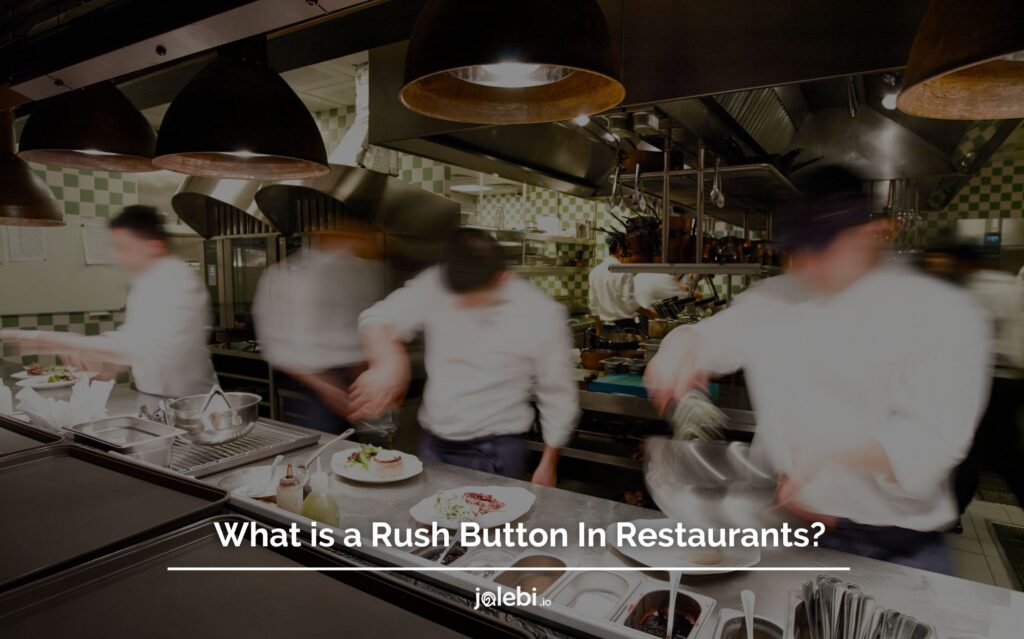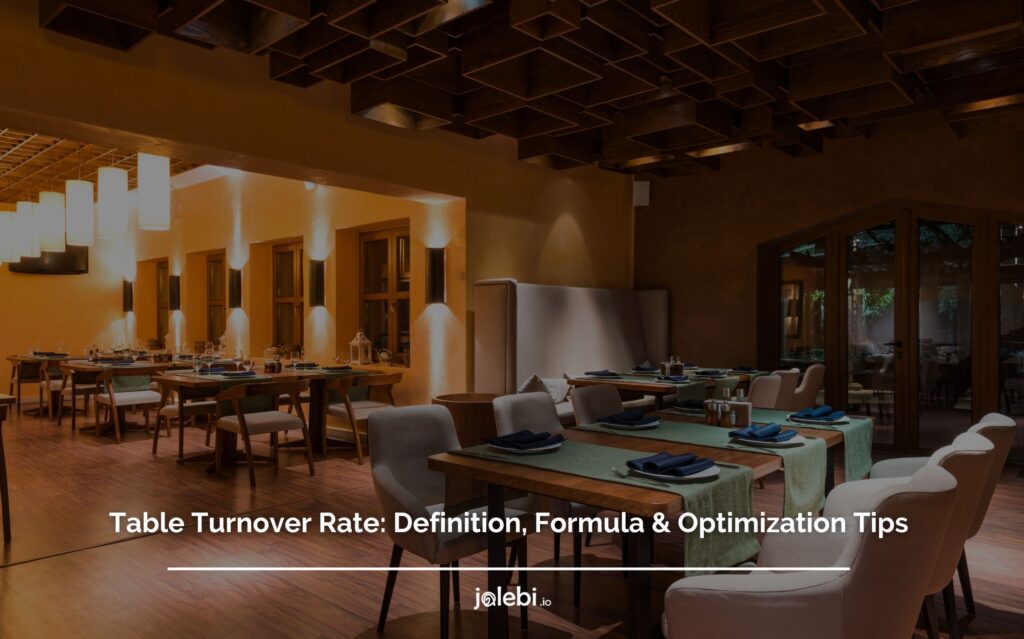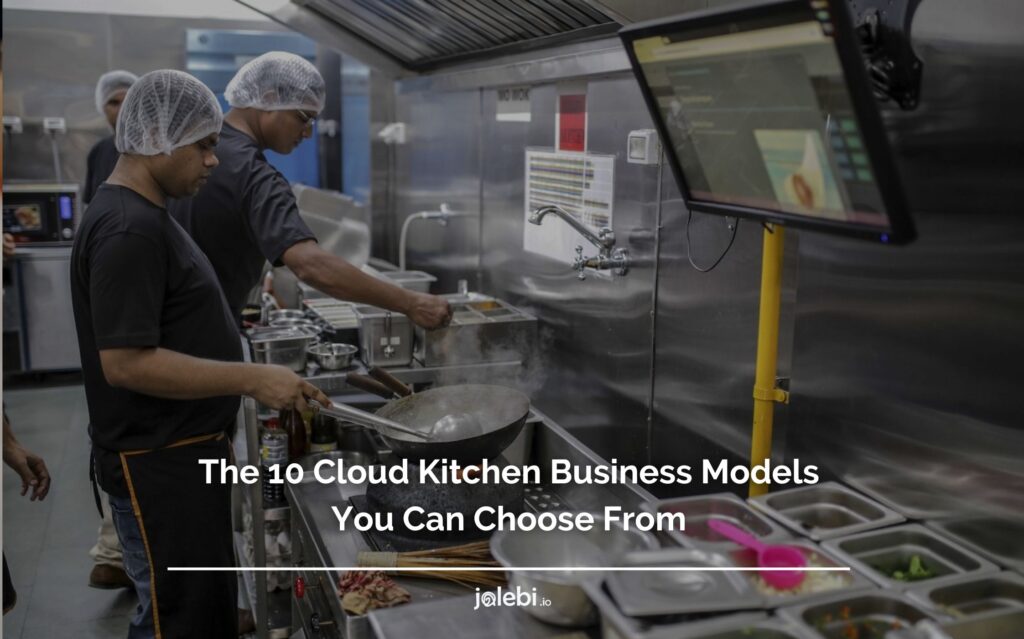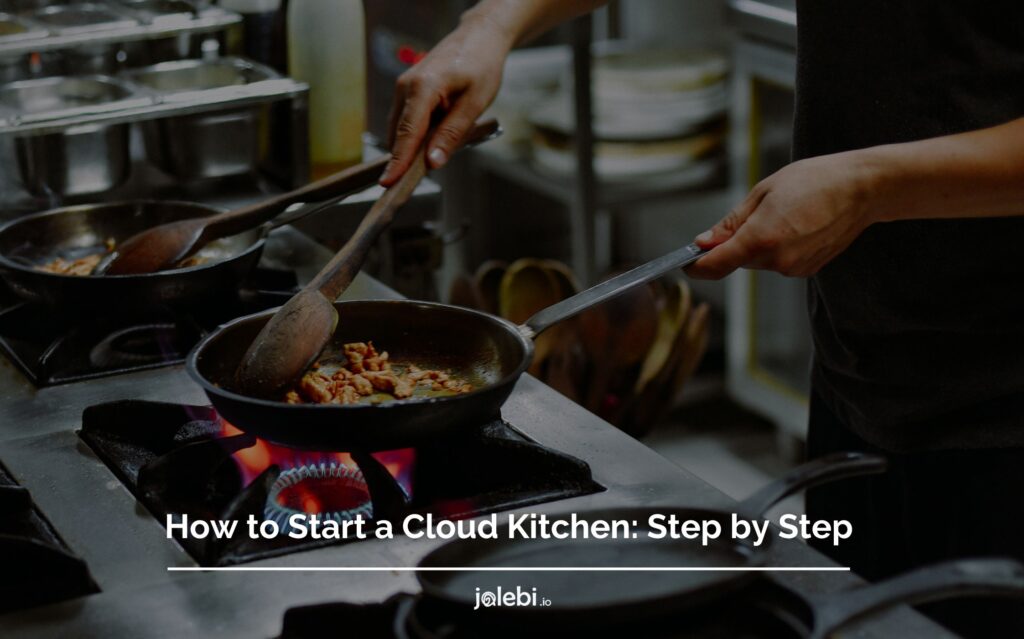Table of Contents
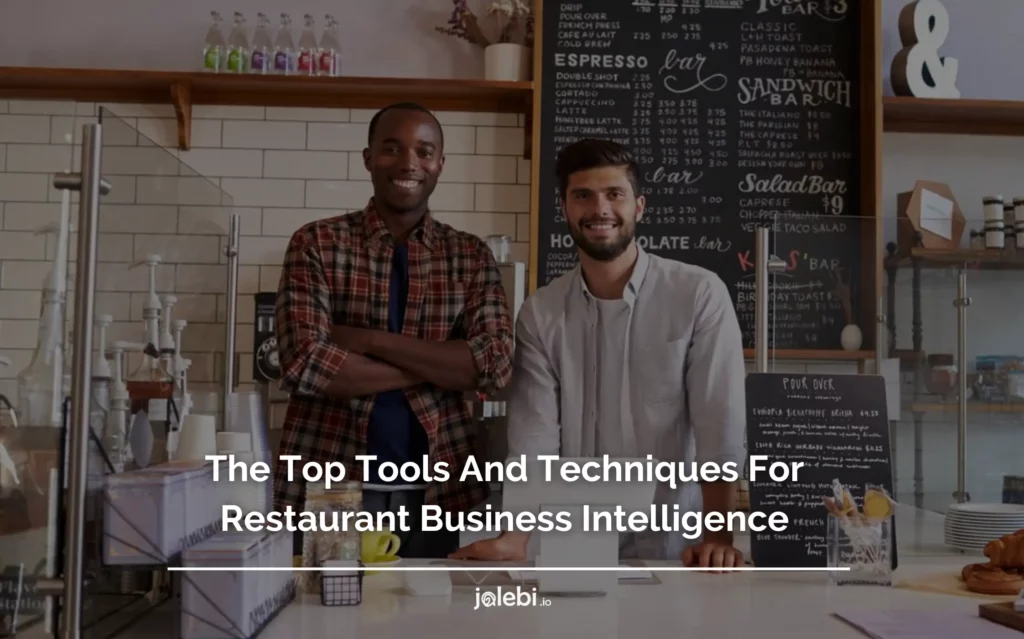
The restaurant industry has suffered greatly without restaurant business intelligence. Many restaurants have closed their doors for good, and those that remain open are struggling to stay afloat.
Without accurate and timely information, restaurants cannot make informed decisions about menu planning, pricing, staffing, and other aspects of their operations.
As a result, they are at a disadvantage compared to their competitors who have access to this information.
In today’s economy, it is more important than ever for restaurants to have access to restaurant business intelligence.
Are you looking for restaurant business intelligence tools and techniques to gain an edge over your competitors?
In this blog post, we will share the top restaurant business intelligence tools and techniques that will help you stay ahead of the competition in 2023.
What Is Restaurant Business Intelligence?
Restaurant business intelligence is a relatively new concept that refers to the use of data and analytics to make informed decisions about the running of a restaurant.
This can encompass everything from understanding which menu items are selling well and why to which times of day are busiest and what kind of customers are most likely to visit.
Benefits of BI Tools For Restaurants
As the restaurant industry becomes increasingly competitive, many operators are turning to business intelligence (BI) tools to help them optimize their operations and streamline their workflow.
There are many benefits that business intelligence tools can bring to restaurants. Here are a few of them.
1- Better Decision-Making
Perhaps the most obvious benefit is the ability to make better-informed decisions.
With access to data and analytics, restaurant owners and managers can track trends and patterns, identify opportunities and optimize operations.
2- Improved Customer Service
Business intelligence tools can also help restaurants improve their customer service.
By tracking customer behavior and preferences, restaurants can provide a more personalized experience that leads to repeat customers and positive word-of-mouth reviews.
Additionally, by understanding what customers are saying about them online, restaurants can proactively address any negative sentiment.
3- Complete Overview Of Restaurant Operations
There is no question that BI tools provide restaurants with a complete overview of restaurant operations.
with real-time visibility into key metrics, they can identify issues as they arise and take corrective action quickly.
This is why an increasing number of restaurants are turning to BI solutions to help them optimize their businesses.
In today’s competitive landscape, every advantage counts and business intelligence tools give restaurants a distinct edge.
If you’re not already using these powerful tools in your business, now is the time to start!
Top Three Business Intelligence Tools For Restaurants
Investing in even just one of these business intelligence tools can make a big difference for a restaurant.
Having access to accurate and up-to-date data can help owners and managers make more informed decisions that can boost profits and keep customers coming back.
Here are some of the best restaurant business intelligence tools for 2023.
1- jalebi
If you’re looking for a restaurant operating system that’s backed by BI and facilitates efficient restaurant operations, then jalebi is the perfect solution for you.
With Jalebi, you’ll have access to powerful analytical tools that will help you make informed decisions about your business.
Features
- Insightful sales data visualization
- Point of sale integration
- Food cost reporting
- Real-time IMS
- Supply chain management
- Universal menu
Plus, jalebi is designed to streamline your restaurant operations, so you can focus on what matters most – serving your customers.
We manage the FOH BOH operations of your restaurant through our all-in-one restaurant management platform.
So if you’re ready to take your restaurant to the next level, then contact jalebi today!
2- Hubster
If you’re looking for a restaurant business intelligence tool that can help optimize your restaurant operations, Hubster is a great option.
Features
- Order management
- Menu management
- Direct ordering
Whether you’re a small mom-and-pop shop or a large chain restaurant, Hubster can help you run your business more efficiently and effectively.
3- Craftable
If you’re looking for a restaurant business intelligence tool that can help optimize your restaurant operations, look no further than Craftable.
With its powerful data analysis capabilities, Craftable can help you identify inefficiencies and potential improvements in your business.
Features
- Inventory management system or IMS
- Accounting and payment
- Analytics
So why wait? Check out Craftable today and see how it can help take your restaurant business to the next level!
Business Intelligence Techniques For Restaurants
Business intelligence (BI) is a term that refers to the various techniques and tools used to collect, store, analyze, and present data in a way that helps businesses make better decisions.
BI can be used to identify trends, spot opportunities and optimize operations for restaurants.
There are many different business intelligence techniques that restaurants can use to improve their performance.
Some of these techniques include data mining, predictive analytics, web analytics, market research, competitive intelligence, and customer segmentation.
1- Data Mining
Data mining is a process of extracting valuable information from large data sets.
It can be used to uncover hidden patterns and trends that can help restaurants better understand their customers and make more informed decisions about pricing, menu planning, and marketing.
2- Predictive Analytics
Predictive analytics is a type of BI that uses statistical models to make predictions about future events.
This technique can be used by restaurants to forecast demand for certain menu items, predict customer behavior or anticipate changes in the marketplace.
3- Web Analytics
Web analytics is the process of collecting and analyzing data about website traffic and activity.
This information can be used by restaurants to track online sales, assess the effectiveness of their website and social media campaigns, and understand where their customers are coming from.
4- Market Research
Market research is another important BI technique for restaurants.
By conducting surveys, focus groups, or interviews with customers, restaurateurs can gain insights into customer needs and preferences.
This information can then be used to make strategic decisions about menu development, marketing efforts, and overall business strategy.
These are just a few of the many business intelligence techniques that restaurants can use to improve their operations and bottom line.
By utilizing these techniques, restaurants can gain a competitive edge and improve their overall performance.
Final Thoughts
As we come to the end of our exploration of restaurant business intelligence, it’s important to remember that no single tool or technique is going to be the perfect solution for every business.
The key is to find the right combination of tools and techniques that work for your specific needs.
The best way to find the right combination of BI tools and techniques is to experiment with different options and see what works best for your particular business.
There is no one-size-fits-all solution when it comes to business intelligence, so don’t be afraid to try out new things until you find a system that works for you.
Frequently Asked Questions
- What is the business model used by restaurants?
There are several different models that restaurants can use, and the best one for a particular restaurant will depend on factors such as the type of cuisine, the location, and the target market.
Some common business models used by restaurants include charging for food by the plate, offering a buffet-style service, or having a set menu with fixed prices.
it is important to remember that in order to be successful, the chosen model must be profitable and provide value to the customer.
- What is the POS point of sale for restaurants?
POS is a system that streamlines and simplifies the ordering and payment process. It is typically used by businesses that have a high volume of transactions, such as restaurants.
This system can help businesses save time and money, while also improving customer satisfaction.
- What are the 3 cores of successful restaurants?
There are three cores of successful restaurants: food, service, and atmosphere.
- Food is the most important core because, without good food, customers will not come back no matter how good the service or atmosphere is.
The food must be consistent and of high quality in order to attract and keep customers.
- Service is the second core of successful restaurants.
Good service includes friendly and attentive staff, quick turnaround times, and a clean dining room. Customers should feel cared for and well-taken care of while they are dining.
- The atmosphere is the third core of successful restaurants. The atmosphere should be inviting and comfortable so that customers enjoy spending time there.
It should also be appropriate for the type of food served. For example, a formal restaurant would have a different atmosphere than a casual pizzeria.




